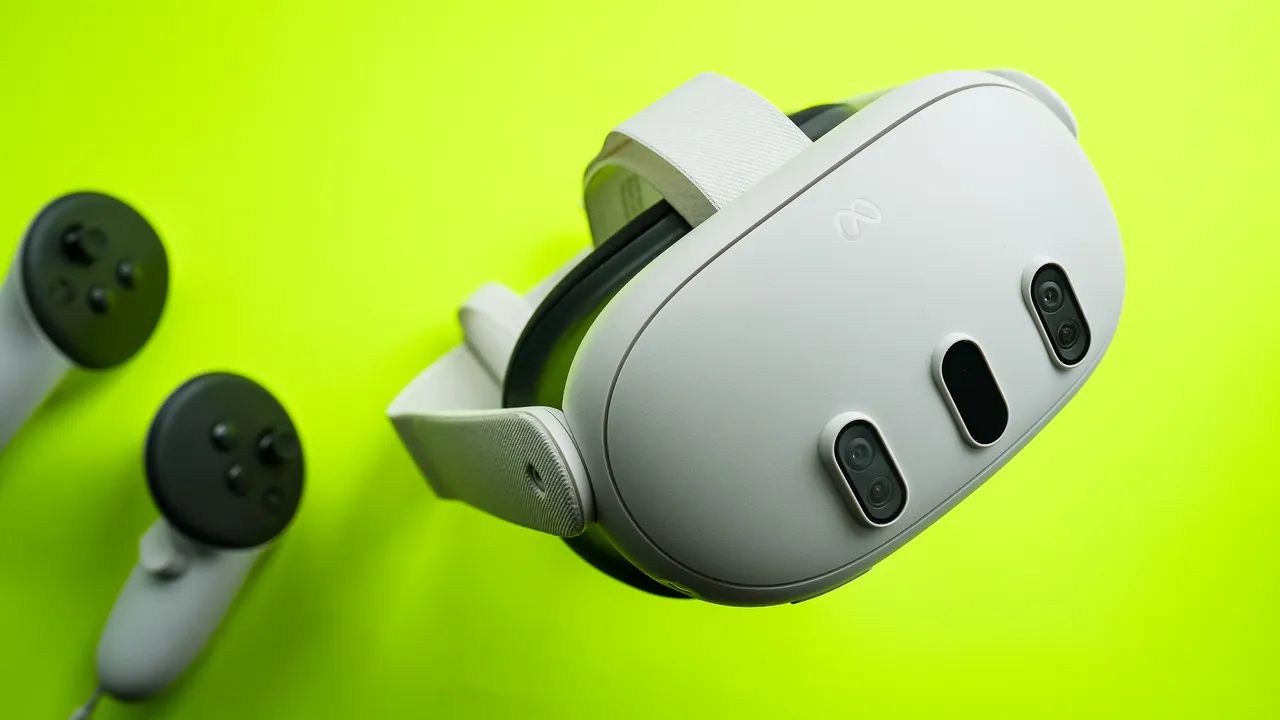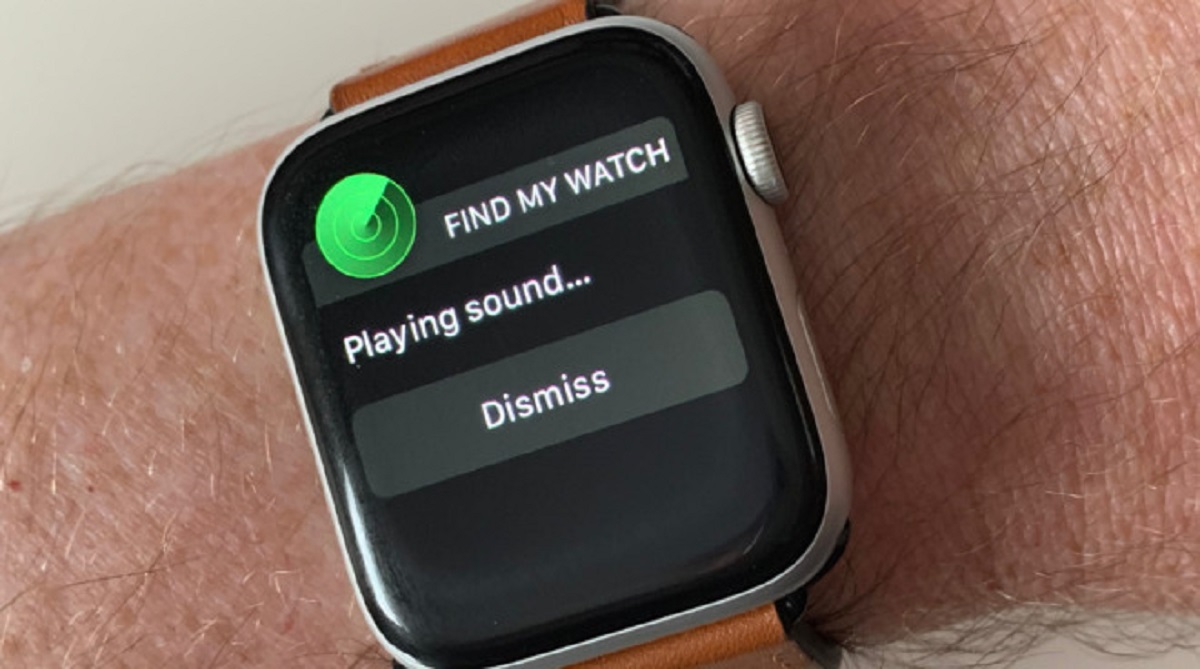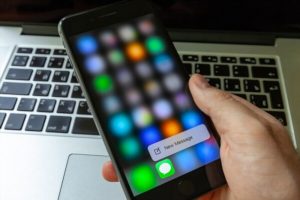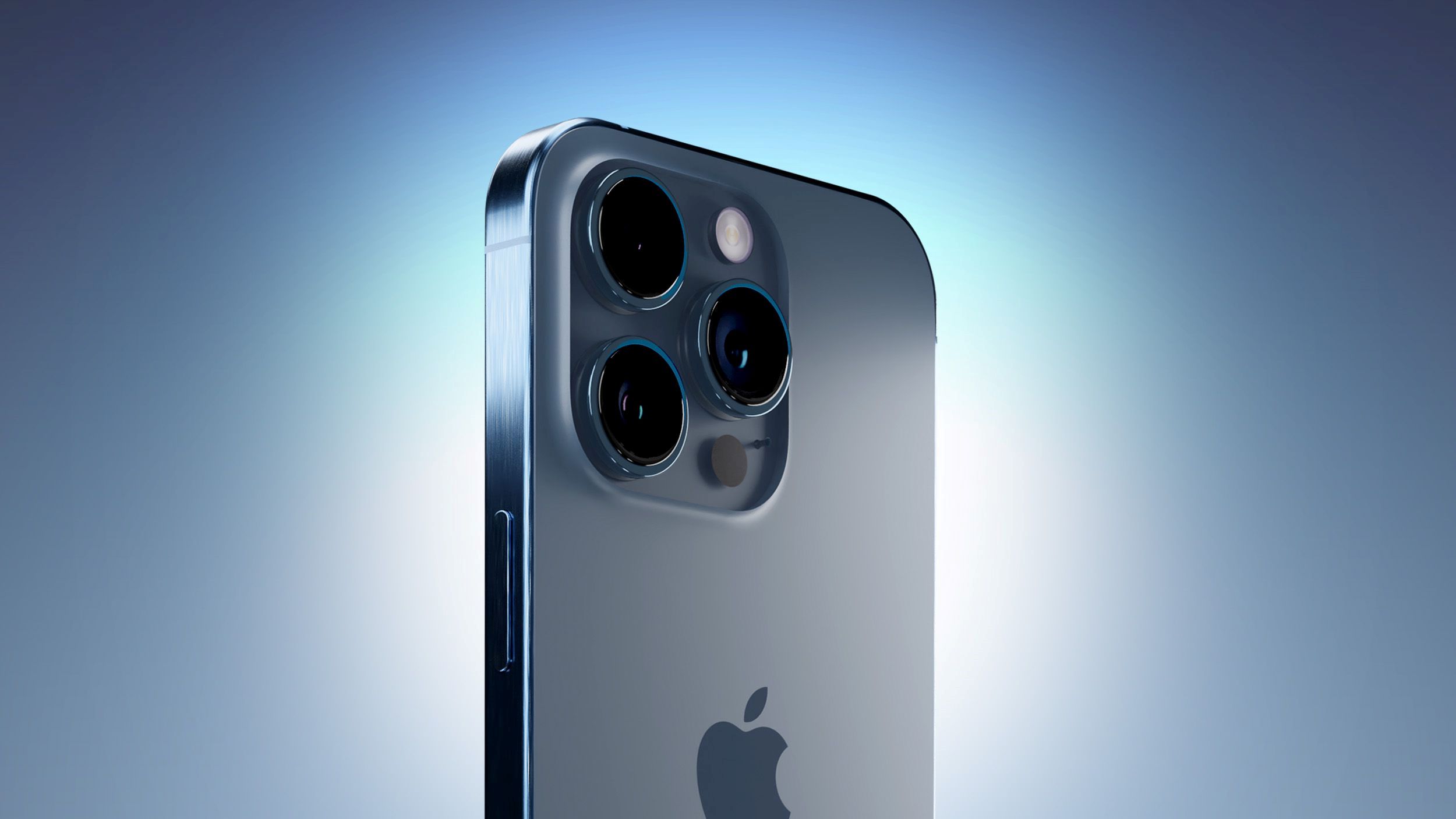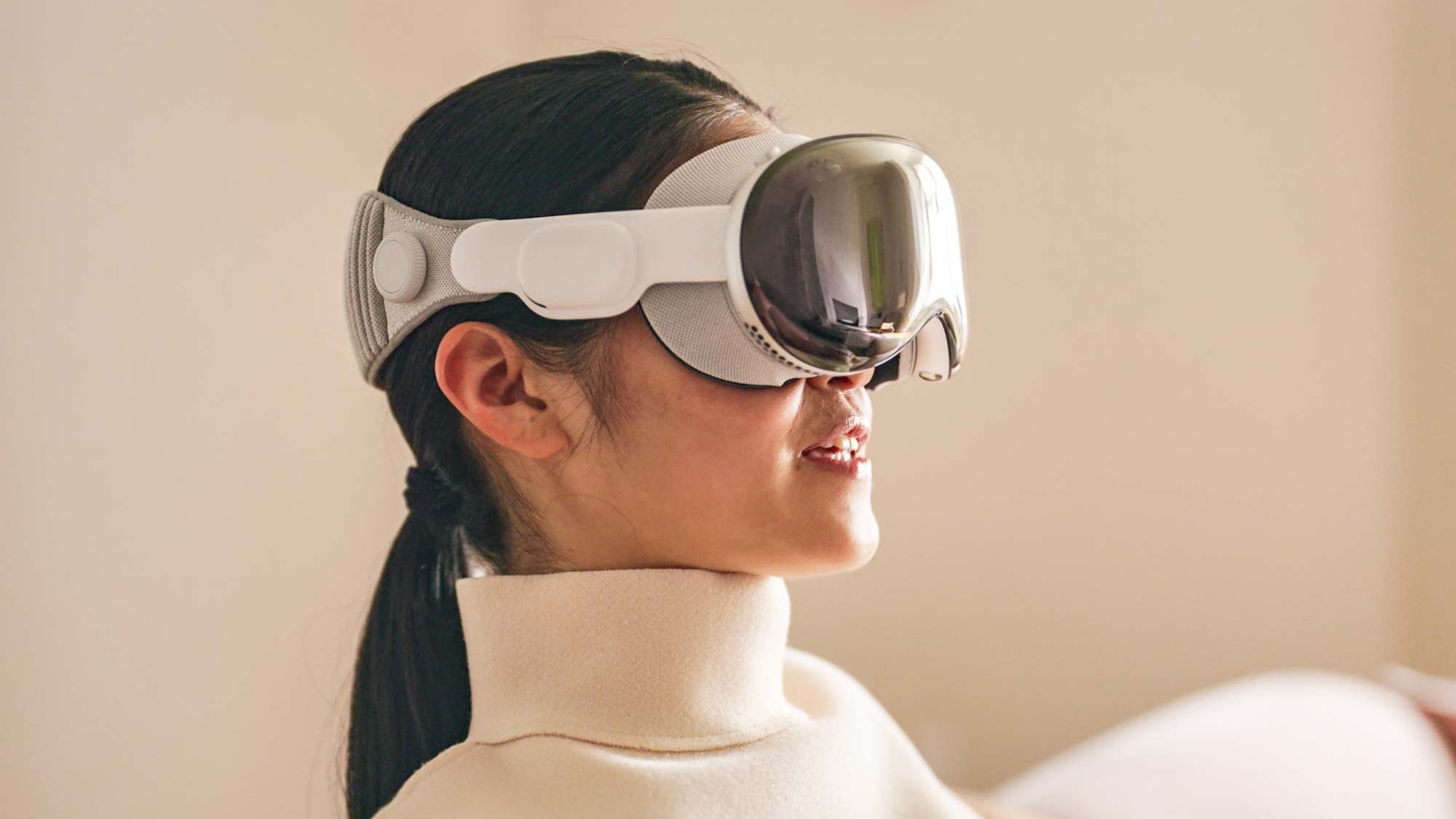Apple recently rolled out the latest version of iOS, introducing a range of new features including collaborative playlists in Apple Music and a new Unity wallpaper for Black History Month. However, one of the most significant additions is the stolen device protection feature, which is disabled by default. It is highly recommended for iPhone users to enable this feature after updating to iOS 17.3.
Key Takeaway
Apple’s latest iOS update introduces stolen device protection, a critical security feature that iPhone users should enable to protect their devices and personal data from theft and unauthorized access.
The Need for Stolen Device Protection
Investigations by Joanna Stern and Nicole Nguyen for the Wall Street Journal revealed that thieves have been exploiting vulnerabilities to access sensitive data and steal money from iPhone users. The passcode plays a crucial role in this, as it can be used to unlock the phone and make unauthorized changes to settings, even when Face ID or Touch ID is enabled.
Thieves’ Tactics
Thieves have been employing various tactics to obtain passcodes, such as engaging in conversations at bars to trick individuals into revealing their passcodes. Once in possession of the passcode, thieves can disable Find My iPhone, change the Apple ID password, access stored passwords and credit card details, and even use Apple Pay.
Apple’s Response
To address these security concerns, Apple has introduced stolen device protection in iOS 17.3. This feature mandates Face ID or Touch ID authentication for certain actions, such as accessing stored passwords and credit cards. Additionally, changing the Apple ID password, altering the passcode, and disabling stolen device protection now require a security delay, providing users with a window to remotely wipe their device in case of theft.
Enabling Stolen Device Protection
To activate this new security feature, iPhone users can navigate to Settings > Face ID & Passcode > Stolen Device Protection. By enabling this feature, users can enhance the security of their devices and safeguard their personal data from unauthorized access.









